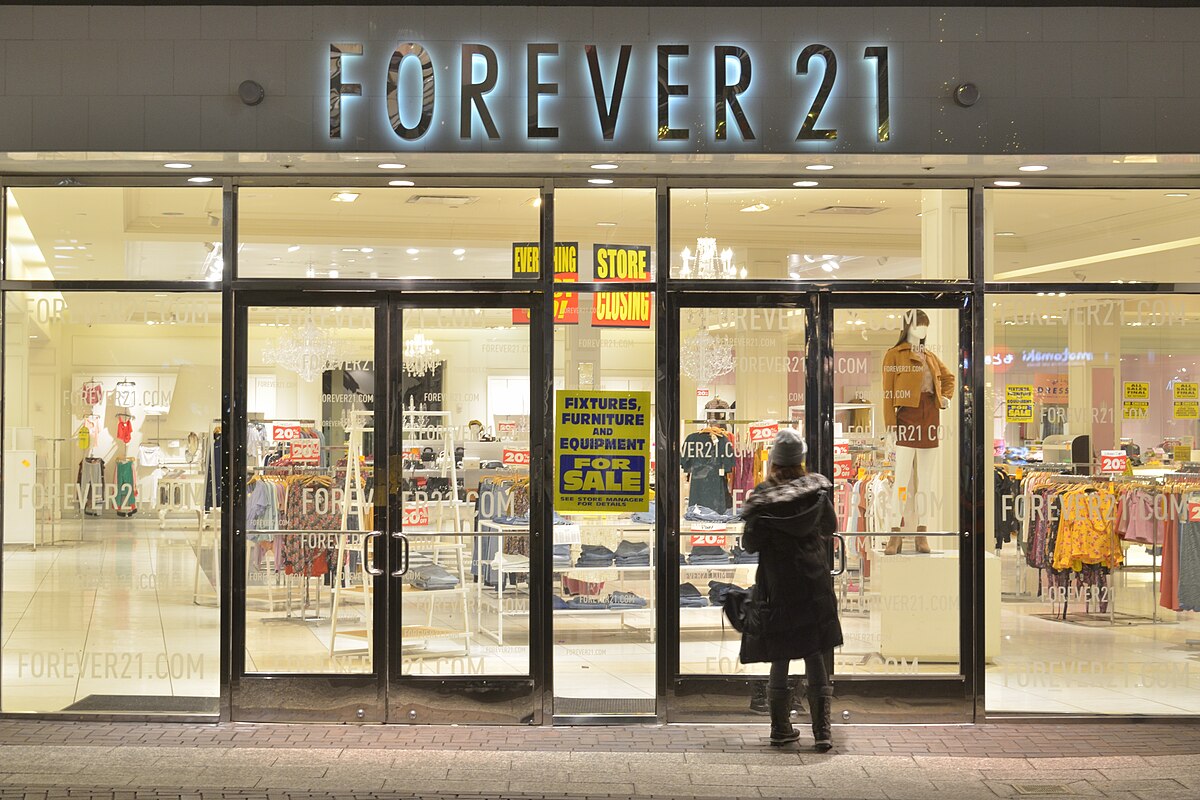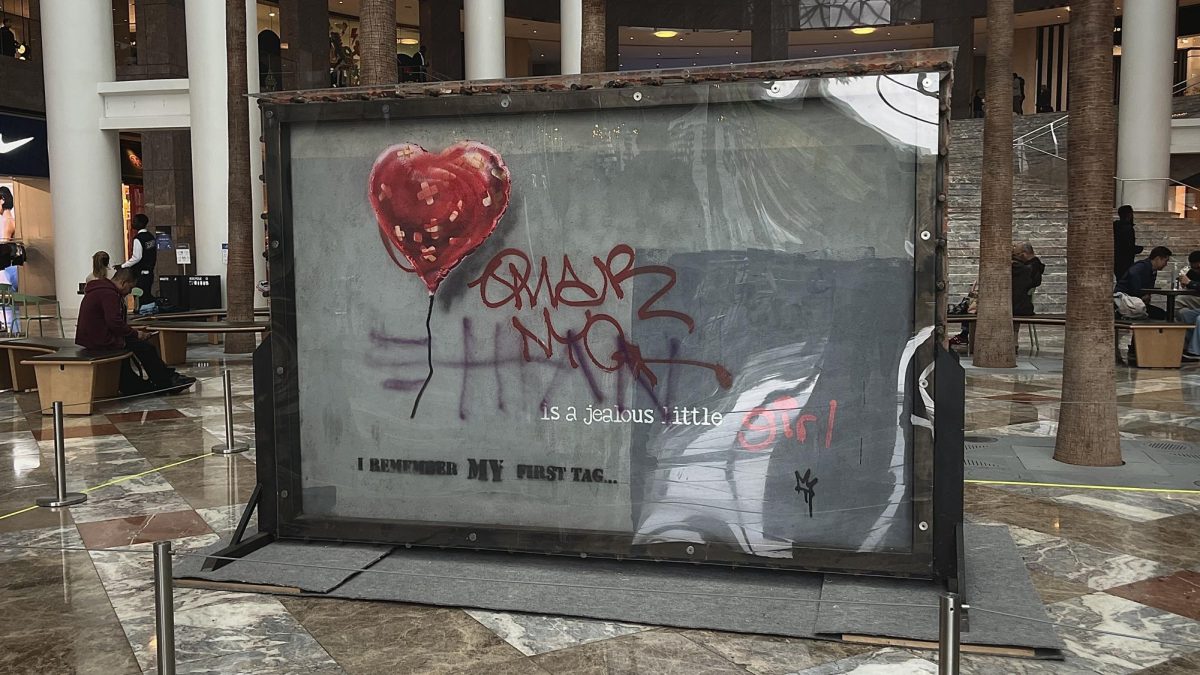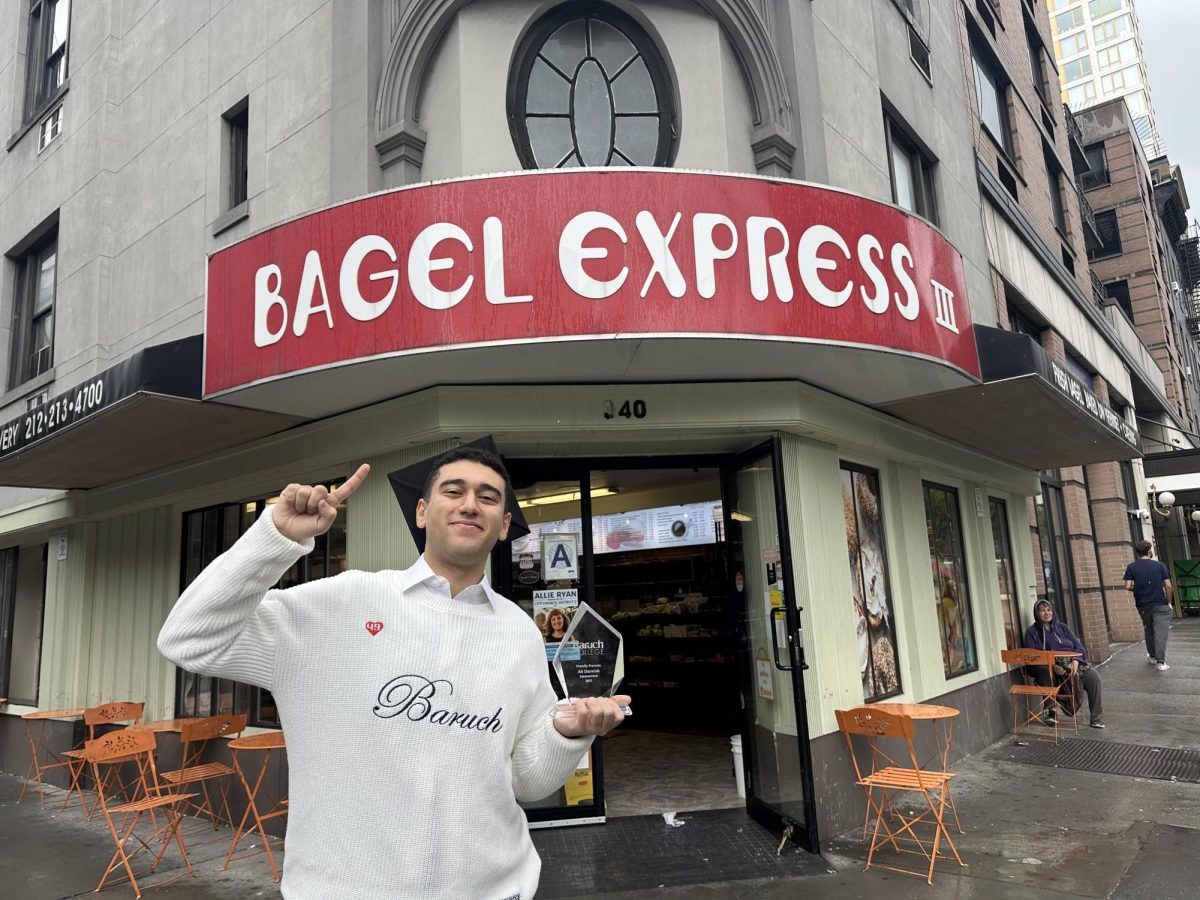For as long as many young girls can remember, Forever 21 has been the store to go to. Whether you needed a quick outfit for a night out, or a whole new wardrobe, Forever 21 was the world’s formal introduction to fast fashion. At least it was in the 2010s. Presently, Forever 21 has reached its peak and is now shutting down.
Forever 21 has filed for bankruptcy and is set to close almost 350 of its in-person locations. The reason why? “…competition from foreign fast fashion companies, rising costs, economic challenges, and evolving consumer trends,” Brad Sell, chief financial officer of Forever 21 OpCo., said in an interview with USA Today.
Forever 21 was saved from its first file for bankruptcy in 2019 by its brand and intellectual property owner Authentic Brands, along with mall owners Simon Property Group and Brookfield Corp. However, Forever 21 could not keep up with foreign companies like TikTok, Shein and Temu which are constantly providing consumers, especially younger ones, with the convenience of cheaper and trendy products.
The style that Forever 21 served for men and women went with the times. Stores would be filled with funky cardigans and puffer coats in the winter, fun prints and patterns in the spring, sassy crop tops and distressed shorts in the summer and chunky knitted sweaters in the fall. Season by season, people walked into Forever 21 inspired and came out with a new addition to their fashion collection.
Upon being asked about the news on Forever 21, Lesley German, a junior at Baruch, explained her grief.
“For me, it’s nostalgic,” she said. “For instance, for travel I have a lot of memories with outfits I know are from there… it was kind of a lifesaver.” Yianice Nieves, the operations coordinator of Baruch College’s student life office, says the same as she recalls her last time visiting the store. “I got these boots from there, oh my god, those boots were amazing,” she said. “They looked like gothic… just amazing.”
The store granted people various options to elevate their closets. From gothic to chic, preppy to hipster, there was a section that catered to your aesthetic. Generations of young men and women didn’t just use Forever 21 as a place to buy clothing, but as a place to buy their own clothes as they were finding their personal style.
“There was a freedom and independence in the low prices; a parent lamenting that the clothing looked cheap and poor quality, but which you bought on your own, was nearly a rite of passage,” Hannah Holland, a reporter for MSNBC, said.
It’s hard to see a store beloved by the current millennials who shopped there in their teenage years leave before their eyes. What this means for future fast fashion stores, as well as the generations who will potentially be shopping there, is unknown.
With microtrends storming the internet seemingly every other month, it’s safe to say that the traditional shopping experience of going into a store and utilizing fitting rooms is in jeopardy.
“The company’s new approach [online centric] will ‘enable the brand to respond faster to trends and deliver curated monthly collections based on consumer insights,’” PEOPLE magazine said.
In-person shopping was the average consumer’s workout or pastime in the 19th and 20th century. Now that’s been changed to scrolling through pages of clothes and accessories to find the right piece.
Since the COVID-19 pandemic emerged and subsided, the rise of screen time has increased, not just affecting the way we interact, but the way we shop as well.








